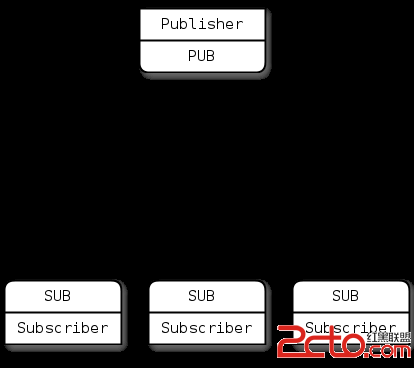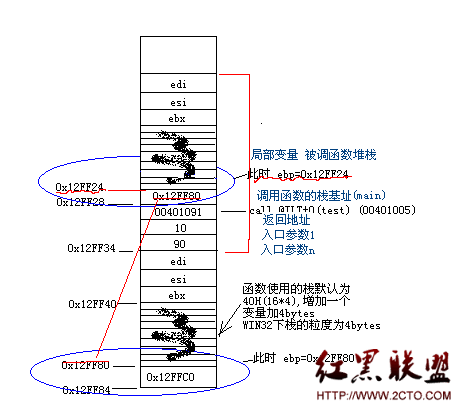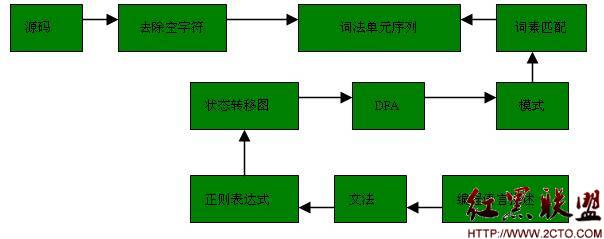POJ 1129 Channel Allocation
Channel AllocationTime Limit: 1000MS Memory Limit: 10000K
Total Submissions: 10300 Accepted: 5245
Description
When a radio station is broadcasting over a very large area, repeaters are used to retransmit the signal so that every receiver has a strong signal. However, the channels used by each repeater must be carefully chosen so that nearby repeaters do not interfere with one another. This condition is satisfied if adjacent repeaters use different channels.
Since the radio frequency spectrum is a precious resource, the number of channels required by a given network of repeaters should be minimised. You have to write a program that reads in a description of a repeater network and determines the minimum number of channels required.
Input
The input consists of a number of maps of repeater networks. Each map begins with a line containing the number of repeaters. This is between 1 and 26, and the repeaters are referred to by consecutive upper-case letters of the alphabet starting with A. For example, ten repeaters would have the names A,B,C,...,I and J. A network with zero repeaters indicates the end of input.
Following the number of repeaters is a list of adjacency relationships. Each line has the form:
A:BCDH
which indicates that the repeaters B, C, D and H are adjacent to the repeater A. The first line describes those adjacent to repeater A, the second those adjacent to B, and so on for all of the repeaters. If a repeater is not adjacent to any other, its line has the form
A:
The repeaters are listed in alphabetical order.
Note that the adjacency is a symmetric relationship; if A is adjacent to B, then B is necessarily adjacent to A. Also, since the repeaters lie in a plane, the graph formed by connecting adjacent repeaters does not have any line segments that cross.
Output
For each map (except the final one with no repeaters), print a line containing the minumum number of channels needed so that no adjacent channels interfere. The sample output shows the format of this line. Take care that channels is in the singular form when only one channel is required.
Sample Input
2
A:
B:
4
A:BC
B:ACD
C:ABD
D:BC
4
A:BCD
B:ACD
C:ABD
D:ABC
0
Sample Output
1 channel needed.
3 channels needed.
4 channels needed.
Source
Southern African 2001
其实这道题目并不难 dfs暴搜一下就可以了,但是确实很容易错 ,请注意最后输出的单复数的变化,结果是1的时候是不加s的。或者复数的时候应该加s 很容易忽视掉
[cpp]
#include <stdio.h>
#include <string.h>
char s1[1000];
int a[30][30];
int b[30][30],chan[30];
int n,res,key;
int main()
{
void dfs(int x);
int i,j,m,s,t;
int x,y,l;
while(scanf("%d",&n)!=EOF)
{
if(n==0)
{
break;
}
memset(a,0,sizeof(a));
memset(b,0,sizeof(b));
memset(chan,0,sizeof(chan));
for(i=0;i<=n-1;i++)
{
scanf("%s",s1);
l=strlen(s1);
x=s1[0]-'A'+1;
for(j=2;j<=l-1;j++)
{
y=s1[j]-'A'+1;
a[x][y]=1;
a[y][x]=1;
}
}
res=0; key=0;
dfs(1);
if(res==1)
{
printf("%d channel needed.\n",res);
}else
{
printf("%d channels needed.\n",res);
}
}
return 0;
}
void dfs(int x)
{
int i,j,u,v;
if(key)
{
return ;
}
for(i=1;i<=n;i++)
{
for(j=1;j<=n;j++)
{
if(a[x][j]&&b[j][i])
{
break;
}
}
if(j==n+1)
{
b[x][i]=1;
chan[i]=1;
if(x==n)
{
for(u=1;u<=n;u++)
{
if(chan[u])
{
res++;
}
} www.zzzyk.com
key=1;
return ;
}else
{
dfs(x+1);
}
b[x][i]=0;
&n
补充:软件开发 , C++ ,- 更多C/C++疑问解答:
- 关于c++的cout输出的问题。
- 在学校里学过C和C++,不过学的很一般,现在自学C#,会不会很难?
- 全国计算机二级C语言笔试题
- 已知某树有2个2度结点,3个3度结点,4个4度结点,问有几个叶子结点?
- c++数据结构内部排序问题,整数排序
- 2012九月计算机二级C语言全国题库,,急求急求
- 如果assert只有一个字符串作为参数,是什么意思呢?
- C语言中,哪些运算符具有左结合性,哪些具有右结合性,帮忙总结下,谢谢了!
- 为什么用结构体编写的程序输入是,0输不出来啊~~~
- 将IEEE—754的十六进制转化为十进制浮点类型,用C或C++都行,多谢各位大侠啊,非常感谢!
- 为什么这个程序求不出公式?
- 这个链表倒置的算法请大家分析下
- c语言函数库调用
- C语言unsigned int纠错
- C语言快排求解啊





